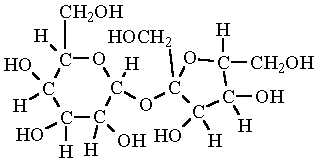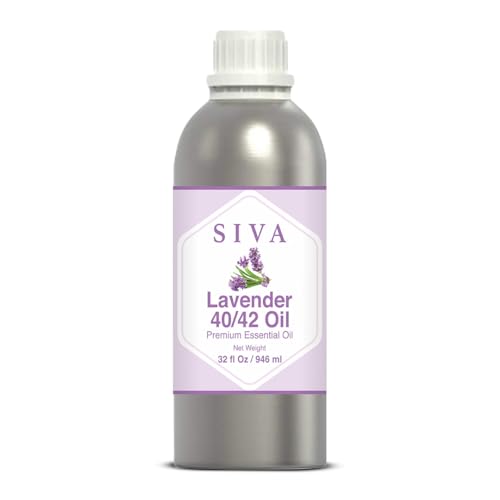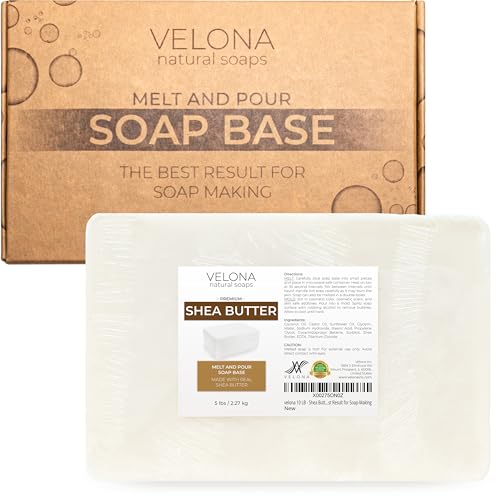dixiedragon
Well-Known Member
I'm planning on making a honey soap that is 10% beeswax and has 1 Tablespoon honey PPO. I know, I'm pushing it!
My recipe:
10% beeswax
20% coconut
5% castor
5% HO sunflower
35% lard
15% olive
15% rice bran
5% avocado
Can I add the honey with the oils, or should I blend it with the avocado and add it at the end of the cook?
My recipe:
10% beeswax
20% coconut
5% castor
5% HO sunflower
35% lard
15% olive
15% rice bran
5% avocado
Can I add the honey with the oils, or should I blend it with the avocado and add it at the end of the cook?

















































